Mathieu Lehanneur considers the world's plurality at Milan’s Triennale
In a new exhibition curated by Maria Cristina Didero, French multidisciplinary designer Mathieu Lehanneur explores human life and the environment (on view until 12 June 2022)

Considering what the French multidisciplinary designer calls ‘the state of the present world’, Mathieu Lehanneur unveils ‘The Inventory of Life’ at the Triennale Milano, a new personal exhibition curated by Maria Cristina Didero and coinciding with Milan Design Week 2022. Themes include the fragility and transiency of human life – from the effect of depression to the interconnected damage experienced by changes in the environment.
Mathieu Lehanneur at Triennale: The Inventory of Life
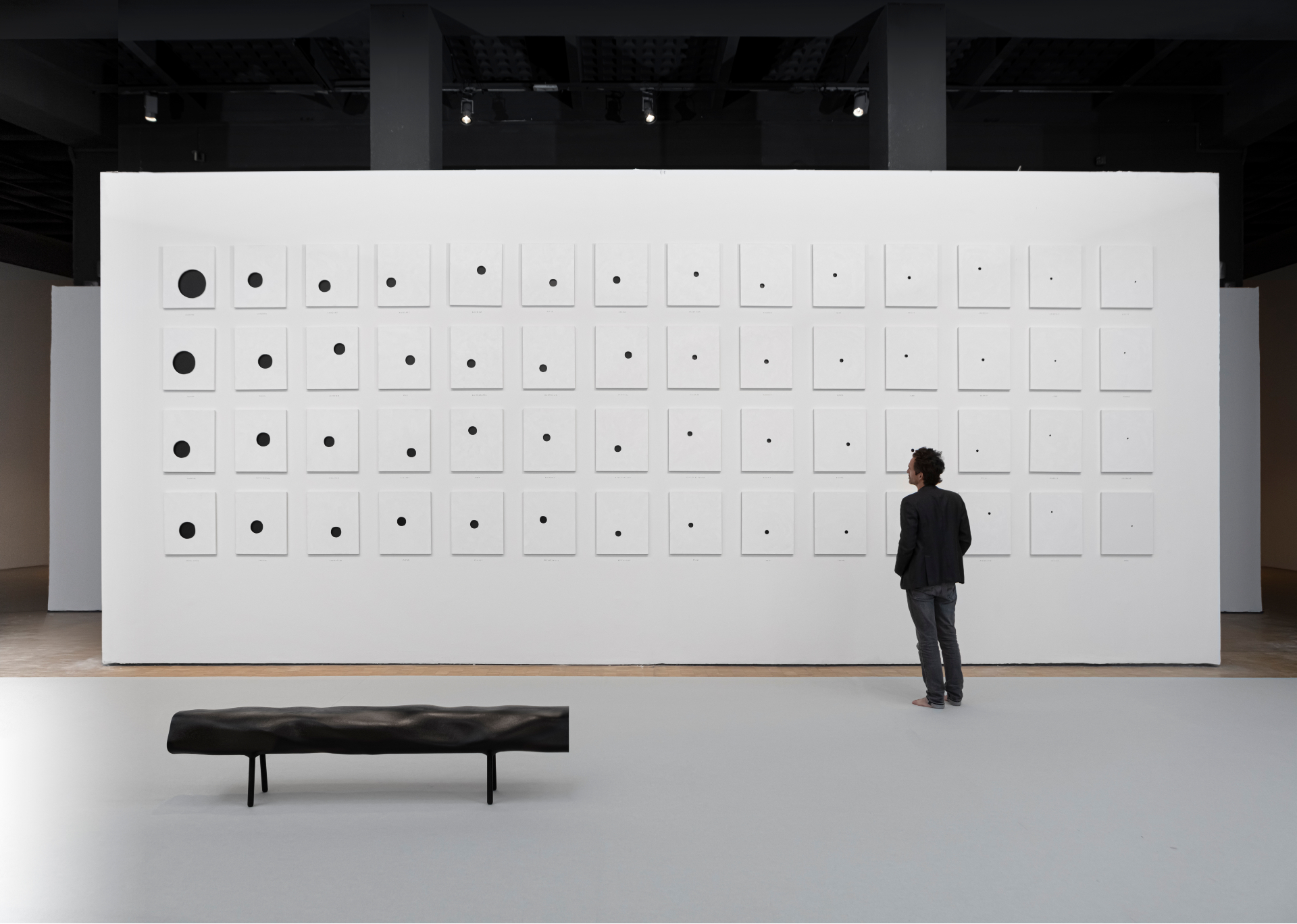
Design, science, art, and anthropology are intertwined through four massive installations. ‘The projects that we are presenting are very close to people and to my idea of what design is for, in this world. My personal mantra is “design is about people and not about chairs”,’ Didero explains. ‘Not because chairs are unimportant, but because I’m interested in what happened before. Much of Matthieu’s work fits this concept, this attitude that I have when I approach a design exhibition.’
State of the World is a series of anodised aluminium sculptures that visually represent the evolution and history of the human population in over 150 countries, reflecting changing demographics, birth rate, life expectancy, and history. The enamelled ceramic round sculptures of 50 Seas recreate the subtle nuances of blue found in the world's seas and oceans.
A luminous glass filament suspended from the ceiling displays different yet equally alarming projections and forecasts of rising sea levels in How Deep is Time, while Live/Leave is a collection of white canvases with black holes, the diameter indicating the number of suicides in each country. ‘You can choose between seeing the hole, which represents all those who chose suicide, and seeing the white, which represents those who chose to live. To me, it's a way of making us consider our own decisions and positions in the world,’ says Lehanneur.
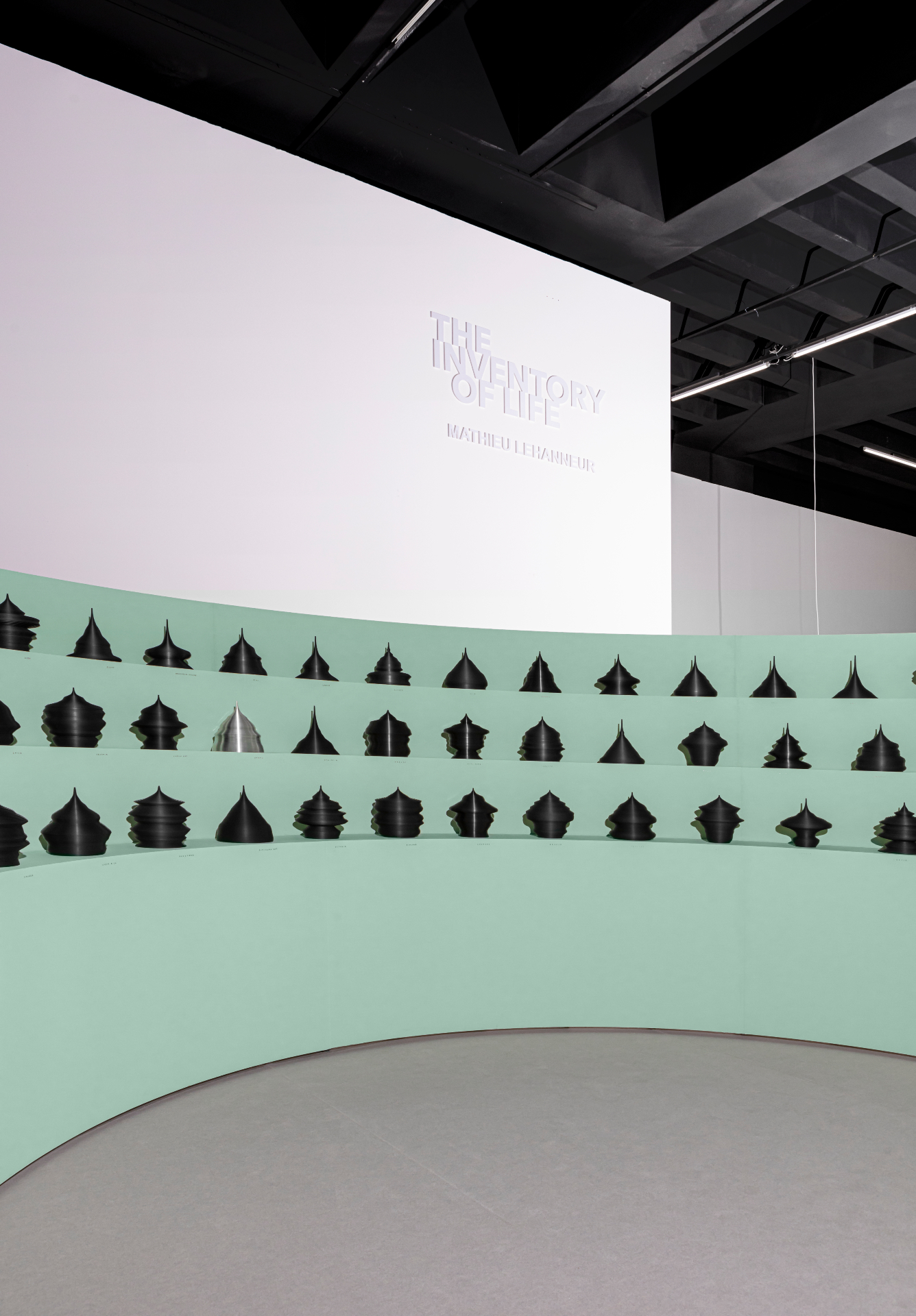
The title, The Inventory of Life, is intriguing for several reasons: ‘I’m the youngest in a large family with many brothers and sisters,’ Lehanneur explains. ‘Living in a large family means living in a large community, and you must negotiate your own desires, wishes, and goals with the common interests of your family and community. What I experienced in my family is what everyone on this planet lives; we all have to negotiate between who we are and what the rest of the world is.’
According to Lehanneur, the show provides no precise messages or answers, but rather examines the balance between the world and our personal perspective and sensibility. At the same time, each work is based on scientific and statistical data provided by reliable sources: from the United States to the World Health Organization, to satellite photographs commissioned for the project.
Lehanneur’s approach to design seems a path to improve the connection between data, planet, environment, and human beings. ‘It’s about trying to understand what the present means for humans, about the willingness to live, the state of the sea, and the ability to control the future,’ he says. ‘My hope is that people will take something away from this exhibition, and feel something. It's moving, when you realise it's not just about numbers, statistics, and information, but about other people.’
Receive our daily digest of inspiration, escapism and design stories from around the world direct to your inbox.
INFORMATION
Inventory of Life is on view at Triennale until 12 June 2022
triennale.org
mathieulehanneur.fr
ADDRESS
Triennale
Viale Emilio Alemagna, 6
20121 Milano
Cristina Kiran Piotti is an Italian-Indian freelance journalist. After completing her studies in journalism in Milan, she pursued a master's degree in the economic relations between Italy and India at the Ca' Foscari Challenge School in Venice. She splits her time between Milan and Mumbai and, since 2008, she has concentrated her work mostly on design, current affairs, and culture stories, often drawing on her enduring passion for geopolitics. She writes for several publications in both English and Italian, and she is a consultant for communication firms and publishing houses.
-
 The eight hotly awaited art-venue openings we are most looking forward to in 2026
The eight hotly awaited art-venue openings we are most looking forward to in 2026With major new institutions gearing up to open their doors, it is set to be a big year in the art world. Here is what to look out for
-
 This modern Clapham house is nestled indulgently in its garden
This modern Clapham house is nestled indulgently in its gardenA Clapham house keeps a low profile in south London, at once merging with its environment and making a bold, modern statement; we revisit a story from the Wallpaper* archives
-
 The new Tudor Ranger watches master perfectly executed simplicity
The new Tudor Ranger watches master perfectly executed simplicityThe Tudor Ranger watches look back to the 1960s for a clean and legible design
-
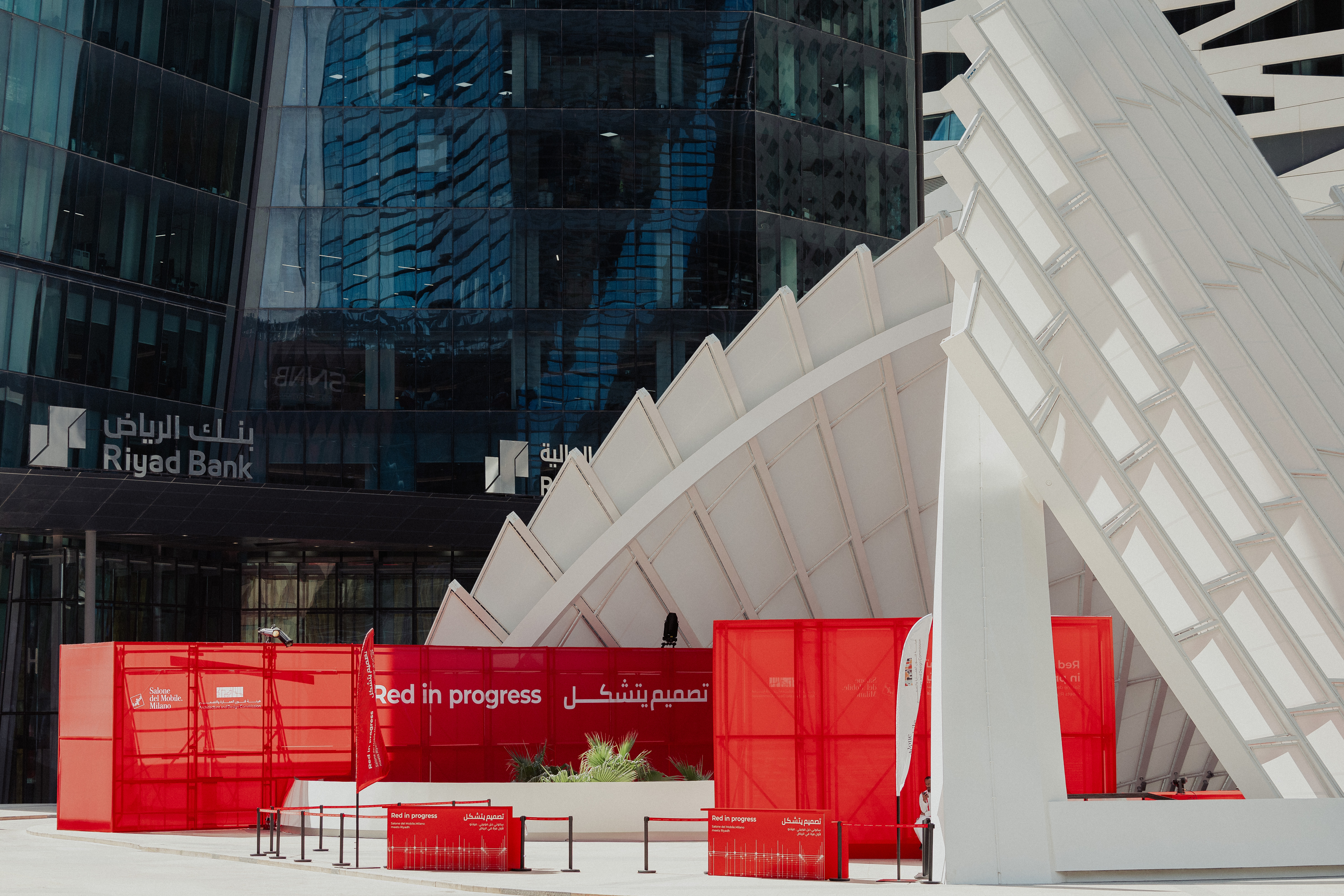 ‘Locally anchored and globally conversant’: Salone del Mobile debuts in Saudi Arabia
‘Locally anchored and globally conversant’: Salone del Mobile debuts in Saudi ArabiaSalone del Mobile lands in Riyadh (26-28 November 2025), bringing its creative and manufacturing know-how to one of the world’s fastest-growing markets and setting the stage for Italo-Saudi design relations
-
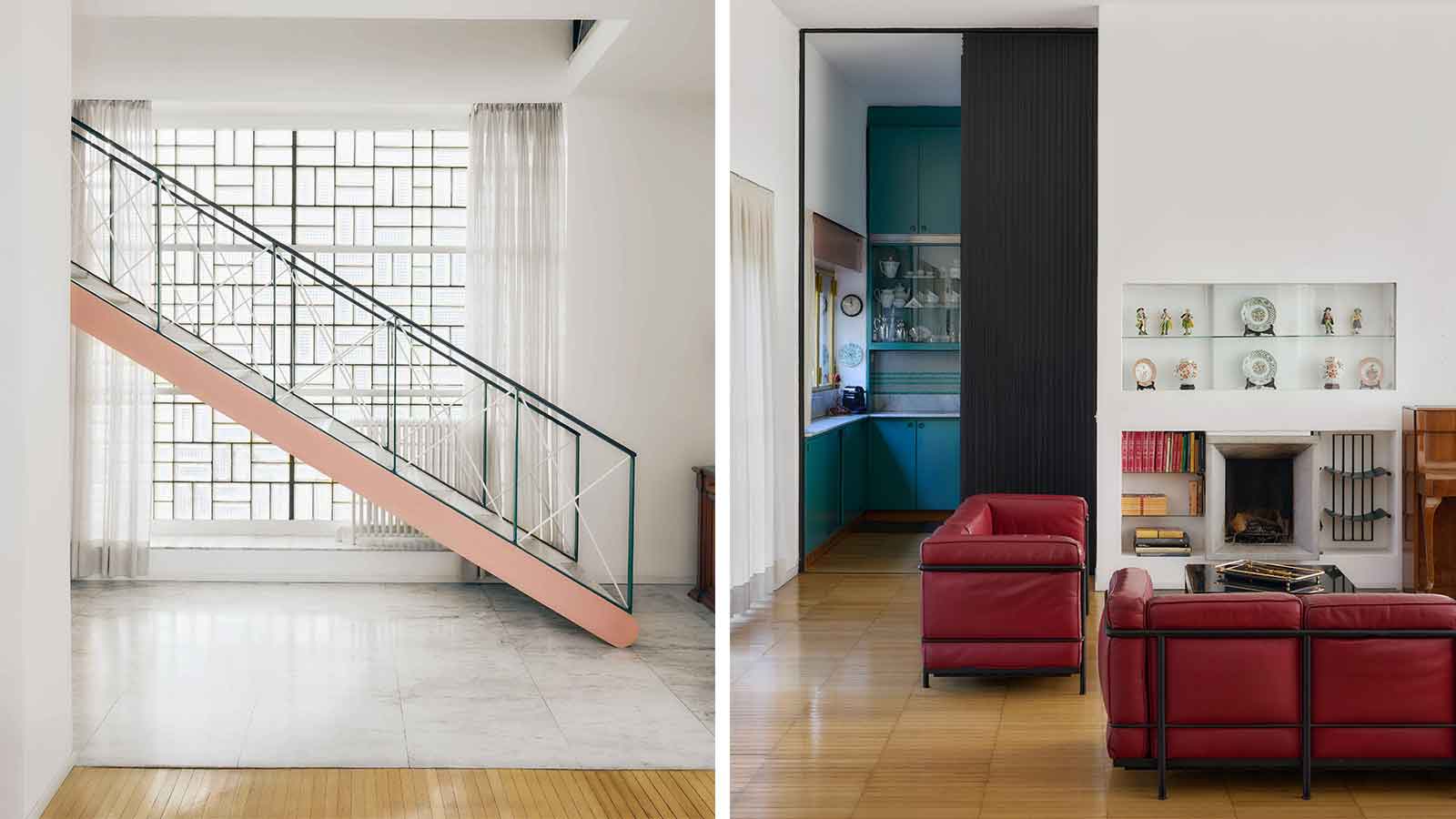 Alcova 2026 locations include a Rationalist gem and an abandoned church
Alcova 2026 locations include a Rationalist gem and an abandoned churchAlcova returns for an 11th edition in 2026 (20-26 April), once again opening up two exclusive Milanese locations, the Baggio Military Hospital and Franco Albini's Villa Pestarini
-
 Salone del Mobile 2026 will embrace collectible design with Salone Raritas
Salone del Mobile 2026 will embrace collectible design with Salone RaritasSalone del Mobile has Salone Raritas, a new exhibition space at the fair (21-26 April 2026), curated by Annalisa Rosso and designed by Formafantasma
-
 O Milano! Design's epic annual spectacle in photos
O Milano! Design's epic annual spectacle in photosCall us biased, but we believe that Milan Design Week is, at this moment in time, the greatest show on earth
-
 For its 24th edition, Triennale Milano's International Exhibition examines the theme of ‘Inequality’
For its 24th edition, Triennale Milano's International Exhibition examines the theme of ‘Inequality’The design institution shines a light on events such as the Grenfell disaster, climate crises and the Israel-Hamas war through architecture, art, products, technology and data
-
 ‘Romantic brutalism’ rethinks Polish craft
‘Romantic brutalism’ rethinks Polish craftAn exhibition in Warsaw gives local makers their due, looking inside the burgeoning world of Polish design
-
 Eight designers to know from Rossana Orlandi Gallery’s Milan Design Week 2025 exhibition
Eight designers to know from Rossana Orlandi Gallery’s Milan Design Week 2025 exhibitionWallpaper’s highlights from the mega-exhibition at Rossana Orlandi Gallery include some of the most compelling names in design today
-
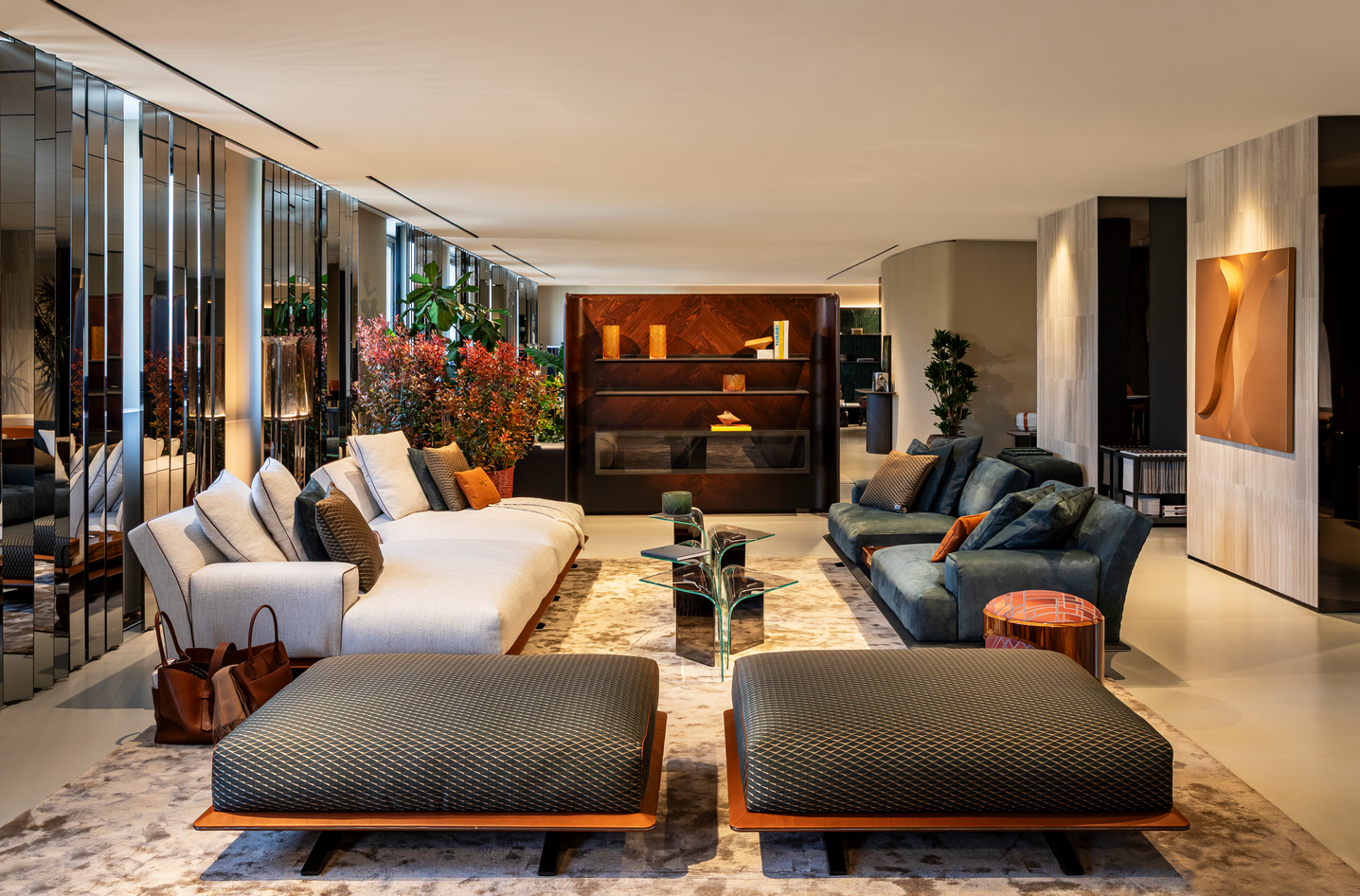 Bentley’s new home collections bring the ‘potency’ of its cars to Milan Design Week
Bentley’s new home collections bring the ‘potency’ of its cars to Milan Design WeekNew furniture, accessories and picnic pieces from Bentley Home take cues from the bold lines and smooth curves of Bentley Motors